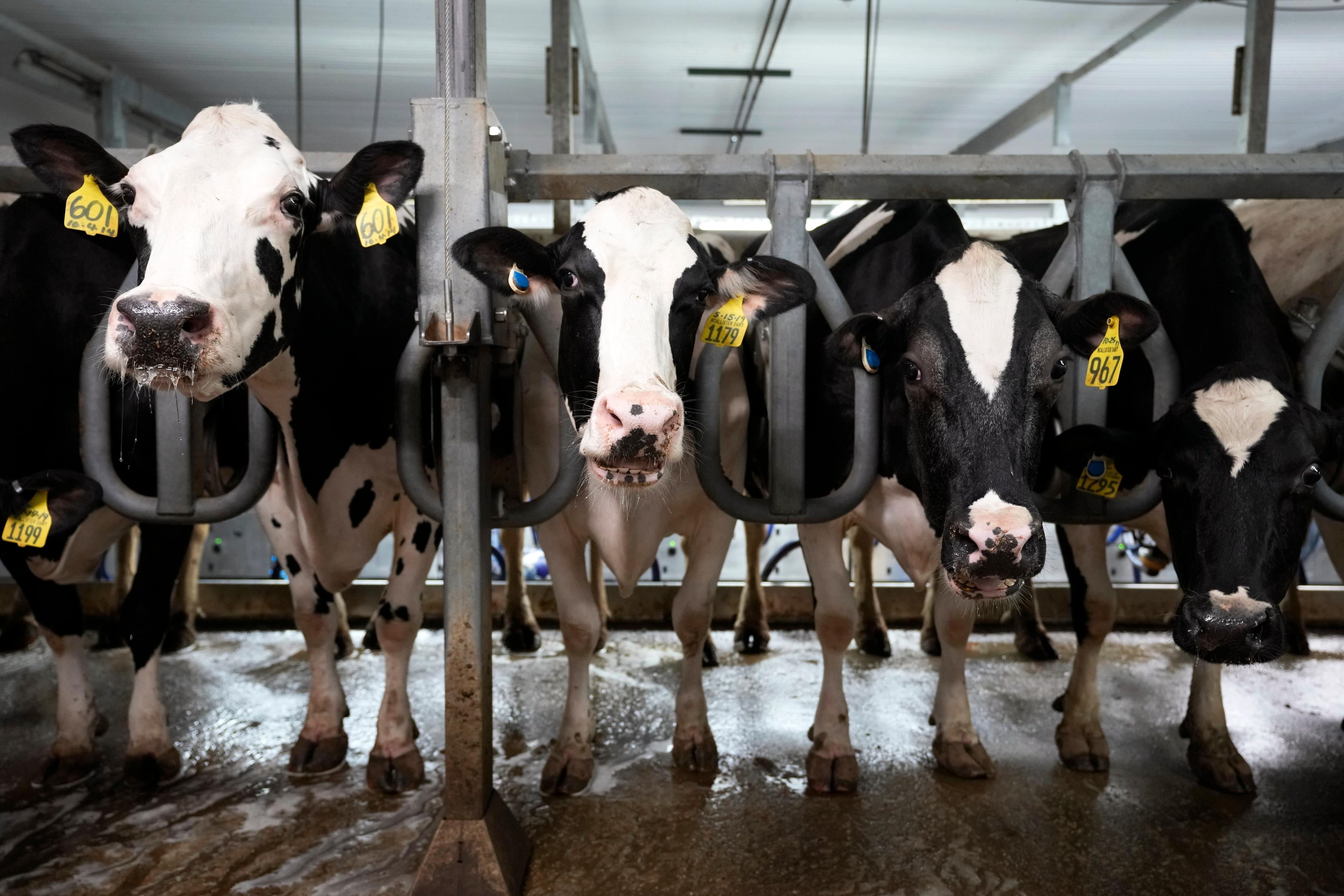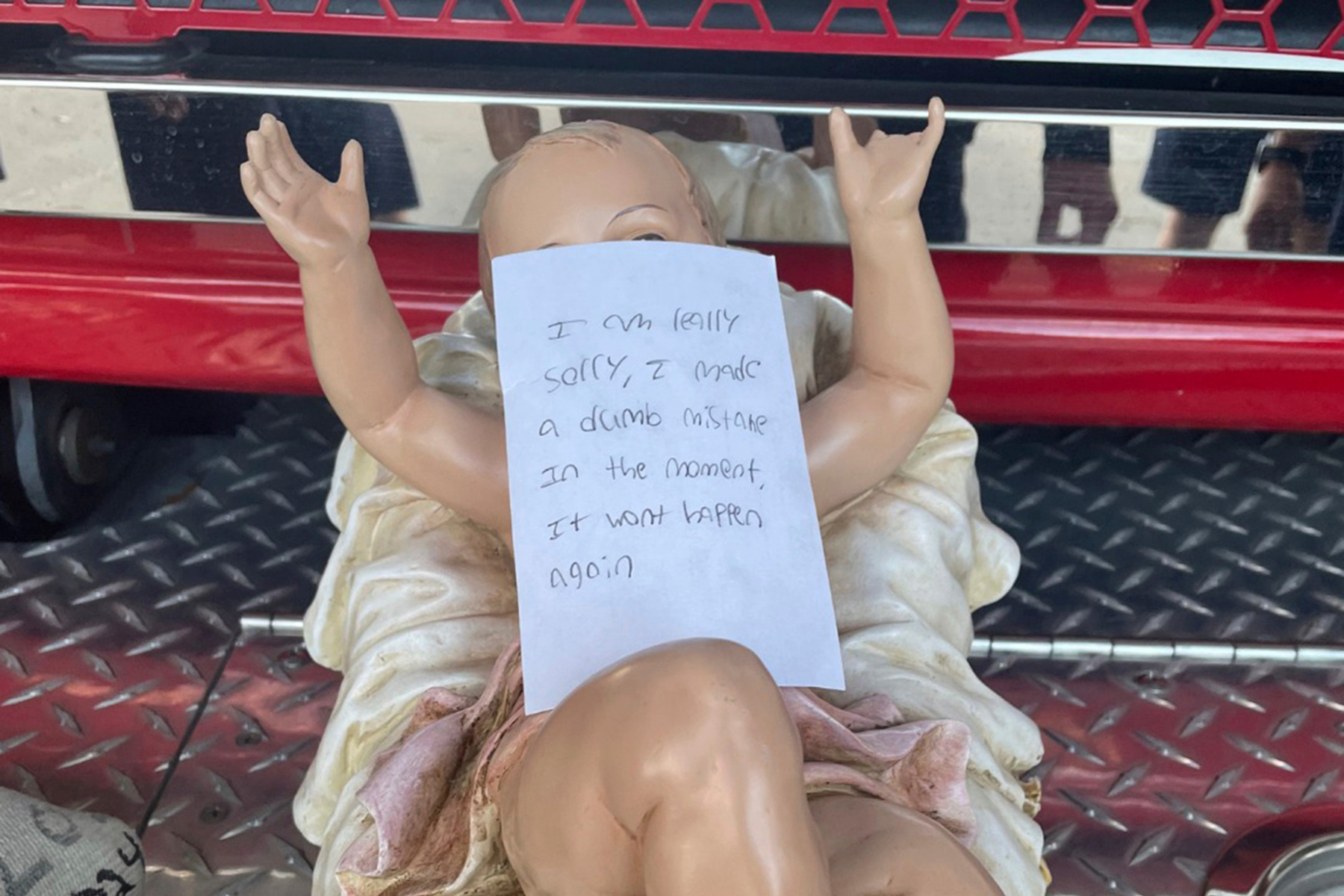
Federal health officials with the Centers for Disease Control and Prevention say they found a clear sign of additional H-5 bird flu infections among dairy workers than was previously recorded, including in Colorado.
They called for more testing of workers on farms where animals are infected with bird flu, also called H5N1.
A new study found some dairy workers showed signs of infection, even when they didn’t report feeling sick. Blood tests from 115 farmworkers in Colorado and Michigan found eight, that's 7 percent, had antibodies that indicated previous infection with the virus.
In a call with reporters Thursday, two CDC officials said given the latest findings, the agency had reviewed its existing H5N1 guidance and updated recommendations to protect workers at the highest risk and contain the virus’ spread. That includes ramped up testing and use of personal protective equipment, or PPE.
“We in public health need to cast a wider net in terms of who is offered a test so that we can identify, treat and isolate those individuals,” said Dr. Nirav Shah, CDC's principal deputy director. “Going forward, CDC is expanding our testing recommendation to include workers who were exposed and who do not have symptoms, particularly those workers who were exposed without having worn proper PPE.”
The study included 70 Colorado workers and 45 in Michigan. They were tested between June and August, which was during the time when the bird flu outbreak hit the state hard. For a time, Colorado led the nation in human cases of the H5 bird flu. Millions of poultry were killed to stop the threat of the virus. It also infected dozens of dairy farms in the state.
Of eight farmworkers who recorded positive blood tests, four said they had no symptoms, according to the CDC study. All of them cleaned milking parlors; none reported using respiratory protection, like face masks. Three did say they wore eye protection.
The new information gives health officials a better view of how the virus is spreading.
“These data help us better understand the potential for infection with mild or no symptoms, as well as highlighting interventions that may help workers reduce their risk of exposure and infection with H5N1,” said Dr. Demetre Daskalakis, director of the National Center for Immunization and Respiratory Diseases.
The CDC said the new information did not raise alarms about farmworkers spreading the virus among each other.
“There is nothing that we’ve seen in the new serology data that gives rise to a concern about person-to-person transmission,” Shah said.
The CDC said PPE can help protect against infection.
CDC recommends farm workers wear personal protective equipment especially around sick or infected animals, including when culling sick poultry and milking cows.
“Simply put, the higher risk activities will call for more PPE use,” said Shah.
In Colorado, the study found, the use of PPE was low.
But it increased after H5 bird flu outbreaks popped up in cows. Public health officials interviewed dairy farm workers in Colorado, many in Spanish, about PPE use during work activities with sick cows. They reported 28 percent higher use of PPE after the virus was detected on the farm than before detection and a 40 percent increase in reported use of eye protection while milking. Still, “respirator and other mask use was low,” the report stated.
The research suggests the virus has infected more humans than have been confirmed.
The U.S. has recorded 46 confirmed bird flu cases in humans during the outbreak this year. Ten of those cases, not including the ones identified by the new study, happened in Colorado in the summer, nine in poultry workers, one in a dairy worker. California has recorded 21 cases, all in infected dairy workers. Washington has documented 11 infections in poultry workers. Michigan, Missouri and Texas have also reported cases.
In the last six months, more than 75 percent of Colorado’s dairy herds were infected with the disease. By late last month, all the infected herds had been released from quarantine.
Three poultry flocks, making up millions of chickens in Weld County, were culled in July.
The state veterinarian said she didn’t think the state’s dairy industry is done with the virus. She said it was too early to know.
- The last of Colorado’s dairy cows infected with bird flu have been released from quarantine
- New federal report on Colorado bird flu cases urges health agencies to prepare for more infections among farm workers
- Commercial dairy cow farmers in Colorado must now test herds weekly for avian flu
- Colorado has the most cases of bird flu among dairy cows in the U.S.
- More cows are getting avian flu in Colorado, officials are trying to stop it from spreading to humans









